ELT MICADO

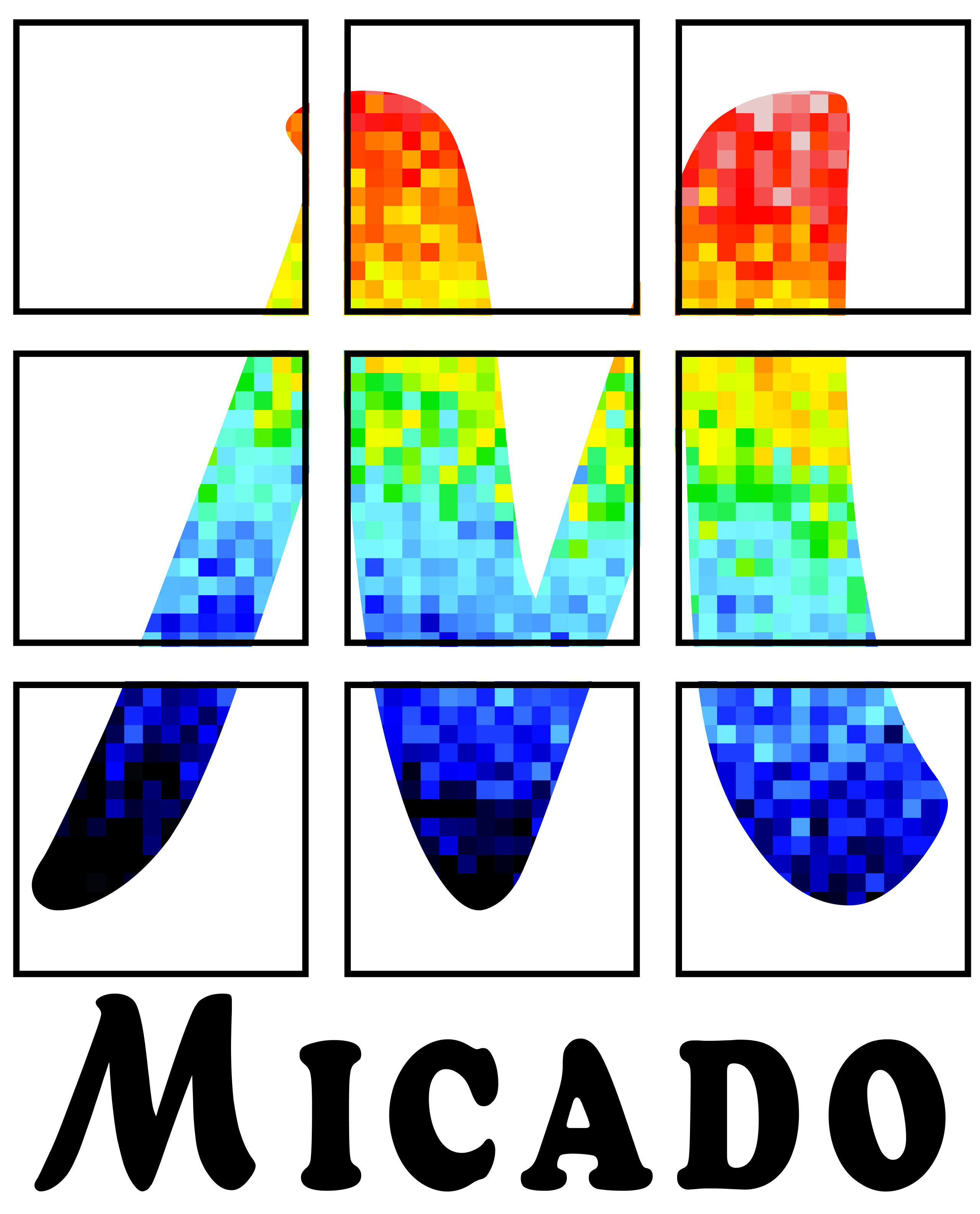
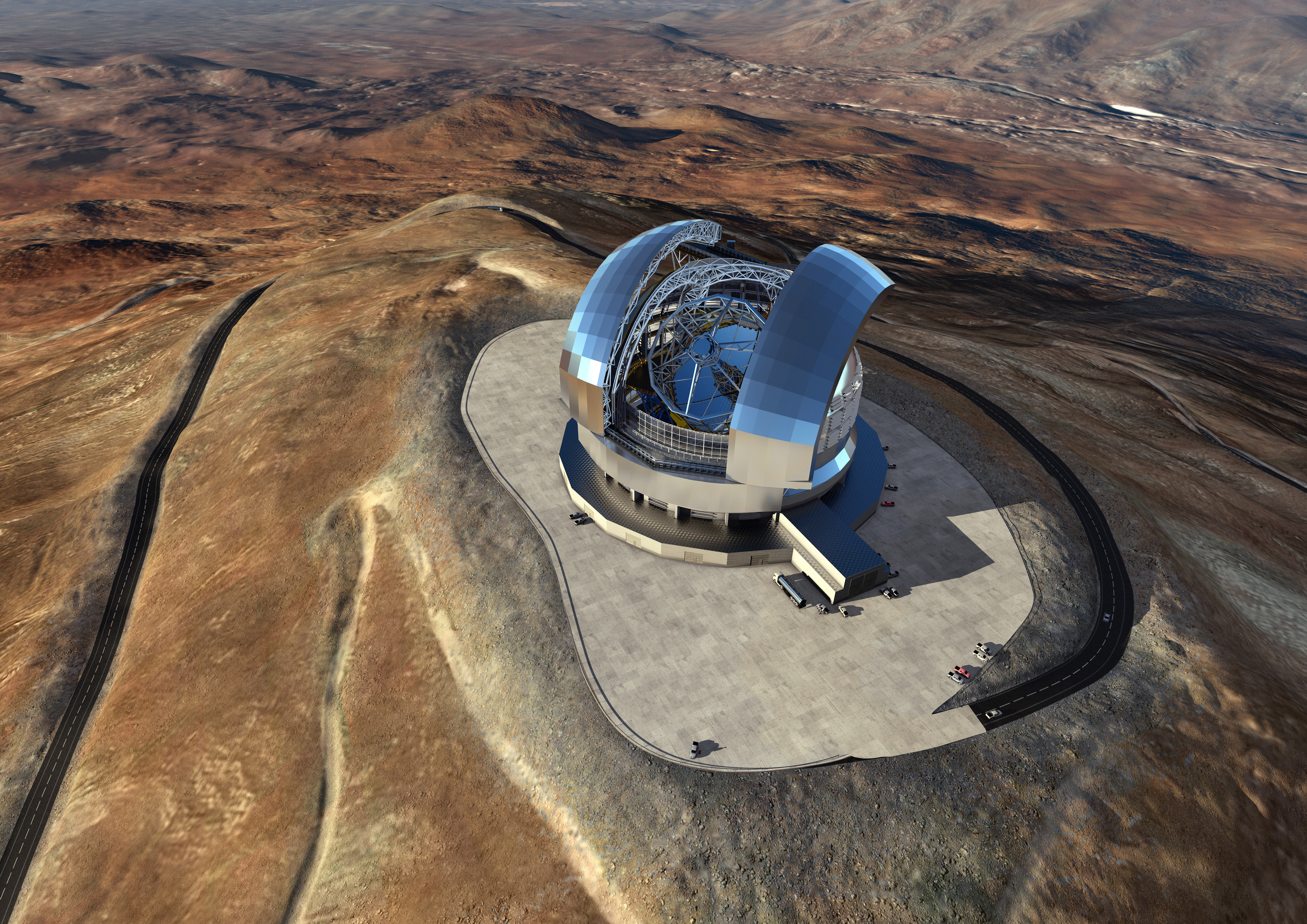
MICADO is the first light imager for the ESO Extremely Large Telescope (link to ESO webpage www.eso.org) currently build on Cerro Armazones in Chile. MICADO is build by a huge consortium involving partners from Germany, Austria, France, the Netherlands and Italy led by the Max-Planck-Institute for extraterrestrial physics in Garching. It will provide the ELT the capability for diffraction limited imaging at near-infrared wavelengths. It is designed to work with the multi-conjugate adaptive Optics system (MAORY), build by the MAORY consortium, but also with a single-conjugate natural guide star adaptive optics system (SCAO). SCAO is a common effort of the MICADO and MAORY consortia. In addition SCAO can be used in a so called stand-alone mode, directly interfacing MICADO to the ELT using a temporary installed relay optic. Figure 1 shows the current design of the MICADO instrument mounted on the Nasmyth platform of the ELT in stand-alone mode. Figure 2 gives an overview of the design also with MAORY in place.
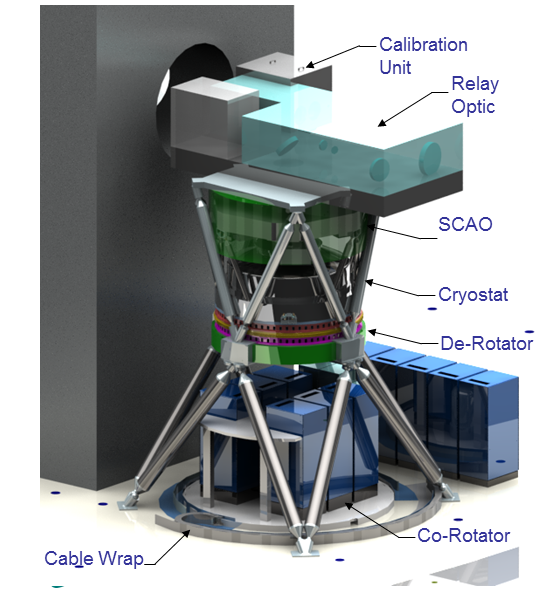
Fig.1: MICADO stand-alone mode: MICADO is directly interfaced to the ELT with a temporary installed relay optic.
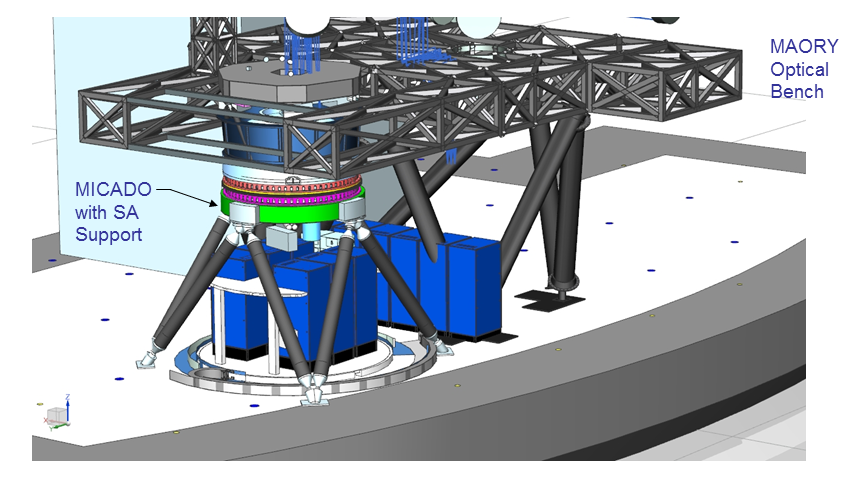
Fig. 2: MICADO-MAORY mode: The final setup with MAORY and MICADO mounted on the Nasmyth platform.
The main drivers for the MICADO instrument design are sensitivity, resolution, precision astrometry, and wide wave-length coverage spectroscopy. These capabilities will allow for a large number of science topics to be adressed. The five main science drivers are covering the following themes:
- galaxy evolution at high redshifts
- black holes in galaxy centers (incl. the galactic center)
- resolved stellar populations (photometry in galaxy nuclei, IMF in young star clusters, intermediate mass black holes in globular clusters)
- coronographic imaging
- solar system
To achieve these science goals, MICADO will provide 5 observing modes. The following modes will be implemented:
- Standard Imaging: Low resolution 4mas/px, High resolution 1.5 mas/px, Wavelength range 0.8-2.4 micron.
- Astrometric Imaging: same as standard imaging with special calibration to achieve astrometric precision of 50 microarcsec.
- Coronographic Imaging: Classical focal plane coronagraphy and pupil plane coronagraphy with an apodizing phase plate available.
- Slit Spectroscopy: R~10000, Slit width 16mas + 48mas, Slit length 4 arcsec + long slit with 20 arcsec (only K-Band)
- Time resolved imaging (goal): Windowed frames with frame rates up to 100 Hz.
Figure 3 shows the functional diagram of the MICADO instrument. A selection mechanism will be used to insert different optical elements into the science beam inside the cryostat. There are also mechanism to change filters, coronographic masks or slits for the spectrometer. The challenge for all these mechanisms is that they have to operate under vacuum at cryogenic temperatures.
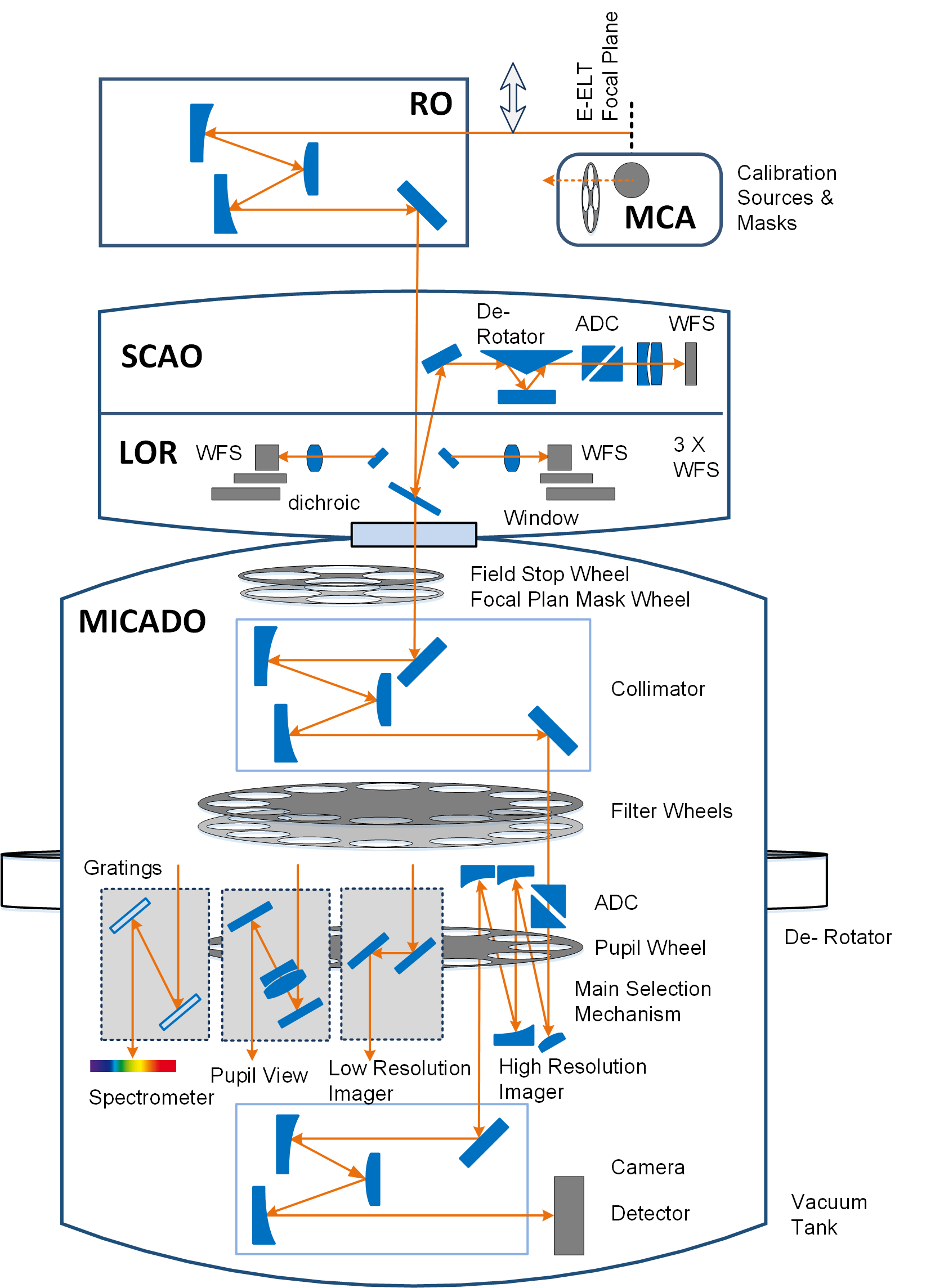
Fig. 3: Functional diagram of the MICADO instrument incl. SCAO, relay optic and calibration unit.
--------------------------
In the MICADO consortium USM personel is responsible for the following workpackages:
Main selection mechanism (MSM) and optic modules (Frank Grupp, Florian Lang-Bardl, Anna Monna)
The MICADO Main Selection mechanism allows to select the operational modes by
moving the respective cold optics into the optical path of the Instrument.
The module is located inside the cryostat, below the so called “NOVA Envelope” and above the
camera optics level. It consists of a main rotating platform, holding structures,
drives, sensors and cable harness. Figure 4 shows a preliminary design of the MSM.
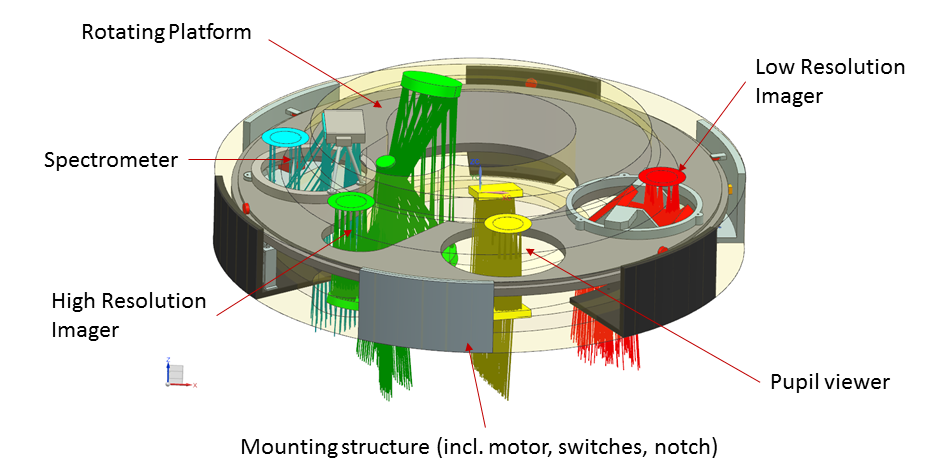
Fig. 4: Preliminary design of the main selection mechanism (MSM).
The current design uses a stepper motor to move the rotating platform, a notch mechanism ensures to reposition the modules always to the same location inside the science beam.
Because all parts of this mechanism are located and operated inside the cryostat, it is very important to make the right choice concerning used materials and components to fullfill the performance and lifetime requirements.
We will also provide the optical modules on the rotating platform including mounting structure for the different elements:
- Low Resolution Imager (red): Two flat mirrors
- Spectrometer (blue): Two gratings
- Pupil viewer (yellow): two flat mirrors + one lens
In the current design the MSM has a diameter of 1400mm and a height of 350mm. The total weight is around 100kg.

